DwarfLab Dwarf 3 Smart Telescope review: the ultimate grab-and-go rig for stargazers who want to go deeper
The smallest smart telescope makes astronomy and astrophotography easy while offering advanced image options to keep you interested

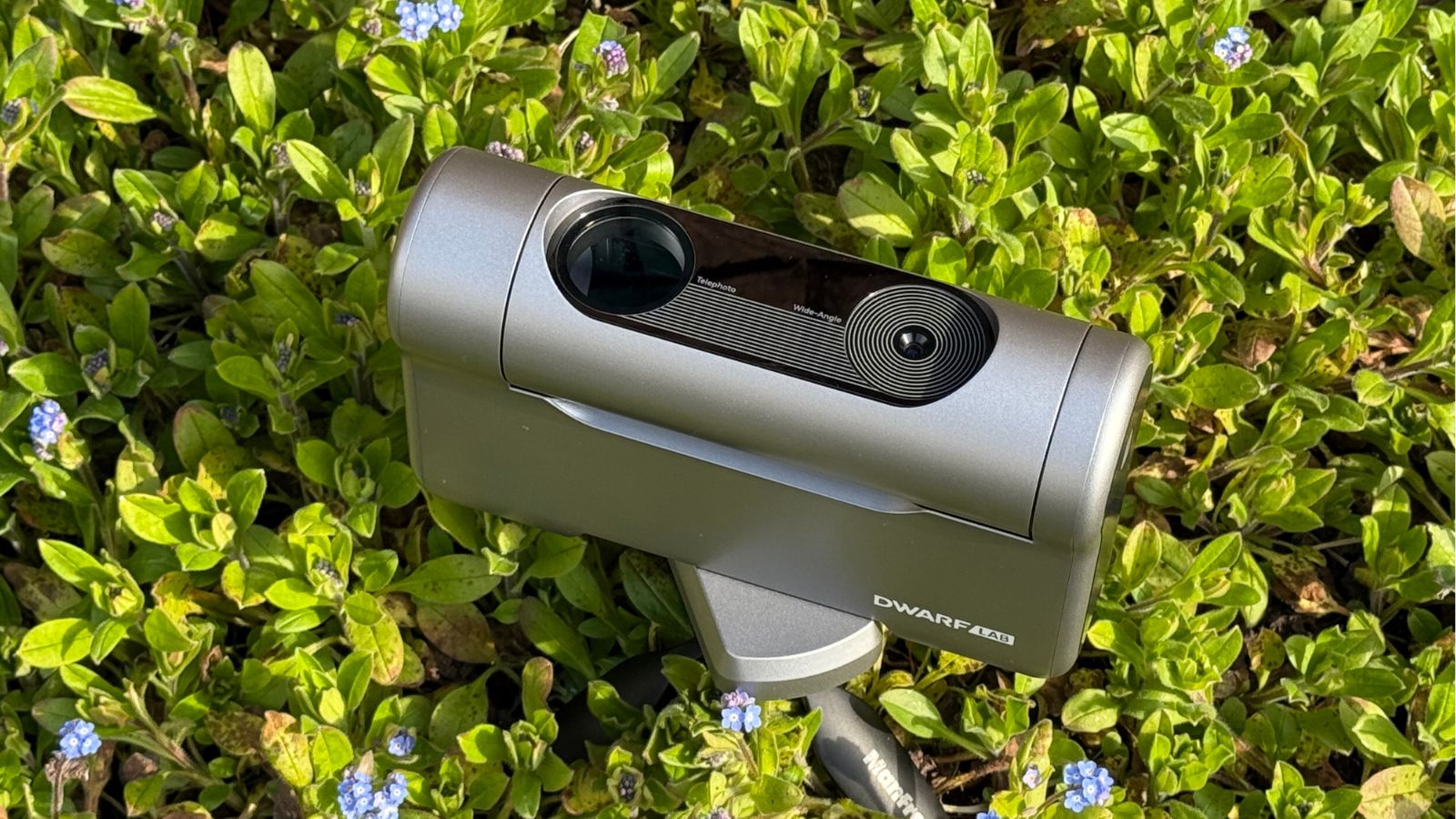

Expect a compelling blend of accessibility, portability and performance from the DwarfLab Dwarf 3 smart telescope. With two lenses – one wide-angle to help you find targets and the other for zooming in – this latest model adds new filters and an advanced tracking mode. It’s got its quirks, but this smart telescope is a joy to use when it’s in full flow.
-
+
Portable, lightweight design
-
+
Effortless setup with an intuitive app
-
+
Built-in filters and AI stacking
-
+
EQ tracking mode for long exposures
-
-
Smartphone connection issues
-
-
No tripod in the box
-
-
Poor planetary imaging
-
-
Relatively short battery life
Why you can trust T3

Is this the most ambitious smart telescope yet? No bigger than a thick hardcover book, the DwarfLab Dwarf 3 is an instant must-have smart telescope that can shoot the sun and moon, distant galaxies and nebula, and shoot photos and videos during the day.
At its heart is a tiny motorised refractor telescope that collects light on a Sony image sensor; it's operated solely by an app and has no eyepiece. It's not unusual for modern telescopes not to have an eyepiece – look at T3's best telescope guide for more examples.
What the Dwarf 3 offers to stargazers, however, are real-time images of objects that are otherwise impossible to see with the naked eye, from distant galaxies to nebulae, both of which are increasingly difficult to see due to creeping light pollution.
It takes image after image and lays them on top of one another, using its onboard computer and 128GB hard drive. Easy to use and travel with, and incredibly impressive, here's everything you need to know about the DwarfLab Dwarf 3 smart telescope.
DwarfLab Dwarf 3 Smart Telescope review
Price and availability
Retailing for around £492, $599 and AU$ 811, the Dwarf 3 is not the most affordable smart telescope available, though it’s a close contest. Although that distinction goes to the equally small Seestar S30 at £419, $399, and AU$ 699, the Dwarf 3 is only marginally pricier and a touch smaller.
The Dwarf 3’s lack of a tripod does not help boost its value, though any photography tripod with a standard 1/4-inch thread will do the job. The Dwarf 3 has a well-made carry case with a shoulder strap and straps to secure a tripod and attach to a backpack. All in all, it’s cleverly designed for travel.
Specifications
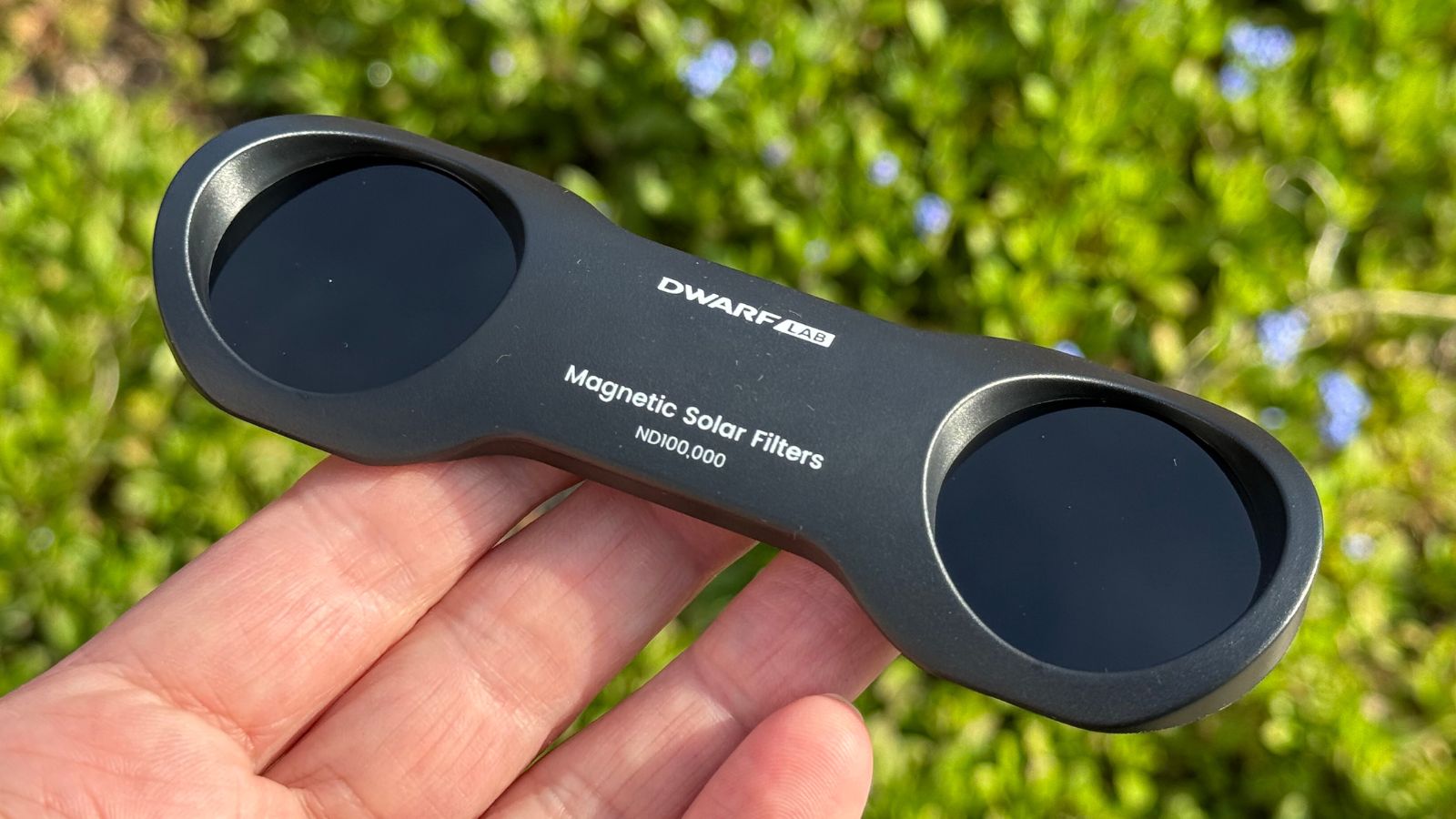
- Aperture: 35mm/1.37 inches
- Focal length: 150mm/5.91 inches (f/4.3)
- Sensor: Sony IMX678 Starvis 2, 3840 x 2160 resolution
- Image scale: 3 arcseconds/pixel
- Field of view: 2.7 x 2 degrees
- Storage: 128GB internal memory
- Battery: 10,000 mAh rechargeable (4 hours)
- Weight: 1.3 kg/2.87lbs
- Size: 222 x 142 x 65mm/8.74 x 5.59 x 2.56 inches
- Mount: Alt-azimuth and EQ mode
- Filters: Built-in VIS (daylight, sun and moon), astro (galaxies), dual-band (nebulae)
- Connectivity: USB-C, Bluetooth, WiFi
- Included accessories: Magnetic solar filters, USB-C cable, carry case
Features and what’s new

A tiny telescope, it may be, but the Dwarf 3 has a laundry list of features, and some of them are very advanced for such a diminutive product. A 35mm aperture telescope with two lenses – wide-angle and zoom – the Dwarf 3 is very similar to the Seestar S30, its main competitor, but there are some key differences. Simply put, the Dwarf 3 has a larger field of view.
Get all the latest news, reviews, deals and buying guides on gorgeous tech, home and active products from the T3 experts
Something else it offers that its competitors don’t is a new EQ mode. Standing for equatorial, it means the Dwarf 3 can be (manually) aligned with Polaris, the North Star, to enable it to track objects for up to two minutes. In its standard mode, it can do so for about 15 seconds. It’s a pro feature that few will use initially, but it may give the Dwarf 3 longevity.
As well as being able to image and stack deep sky objects like galaxies and nebula (using an array of filters to mitigate light pollution) in Astro mode, the Dwarf 3 can also be used in the day, shooting photos and video in 4K quality. Talking of daylight, a solar filter, which covers both lenses and looks more like a high-grade pair of solar eclipse glasses, magnetically attaches to the Dwarf 3.
Set up and use
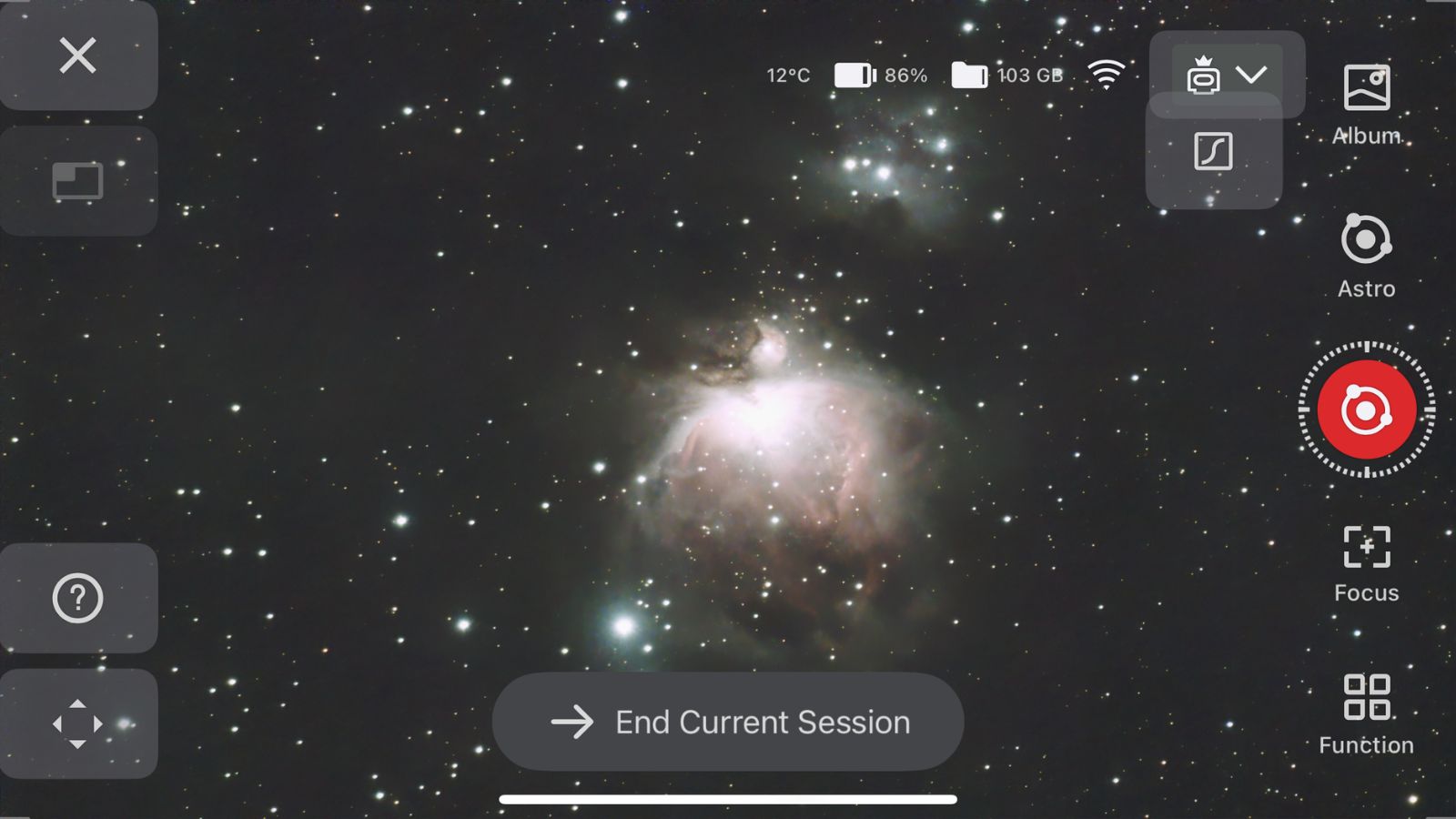
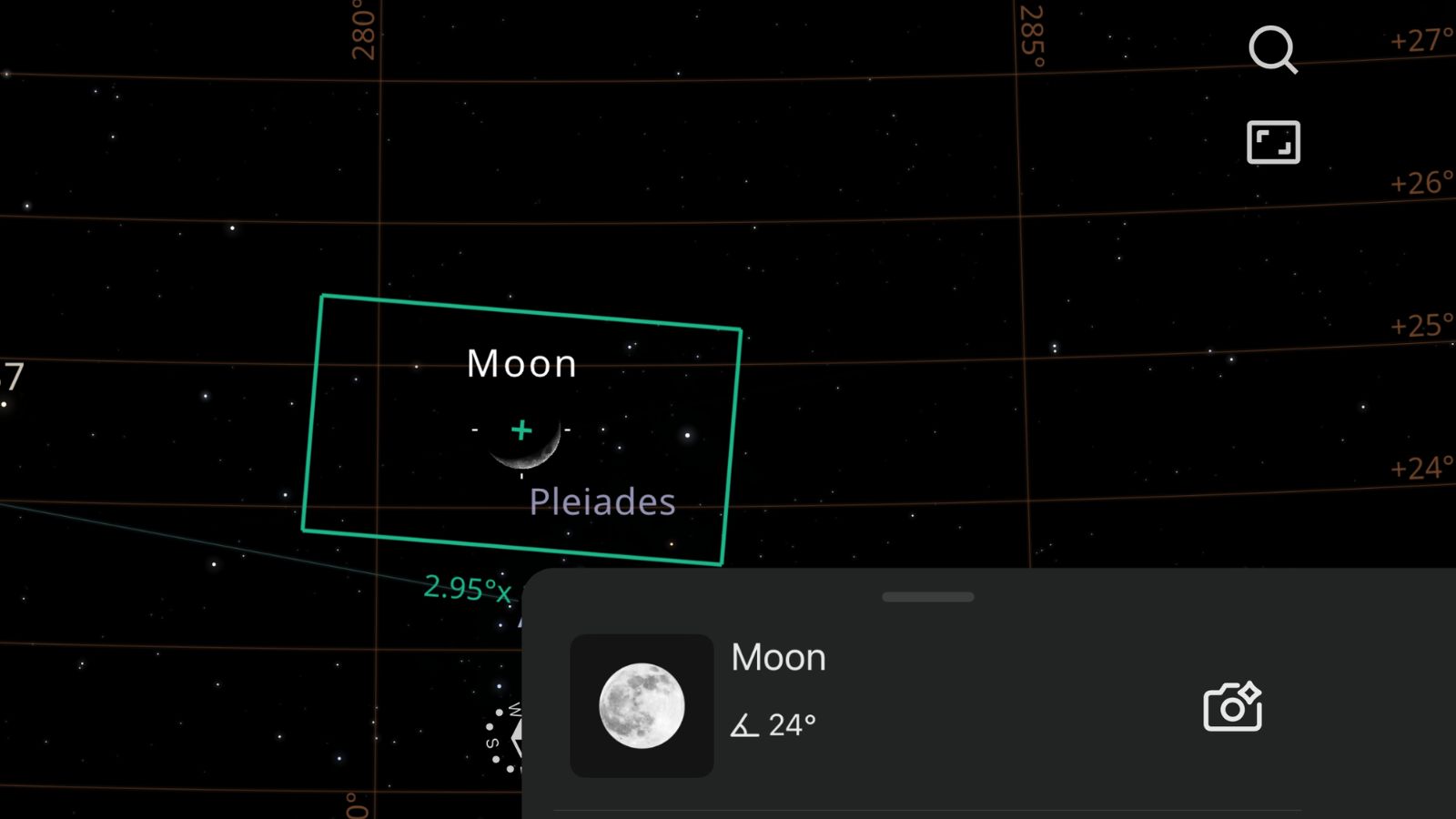
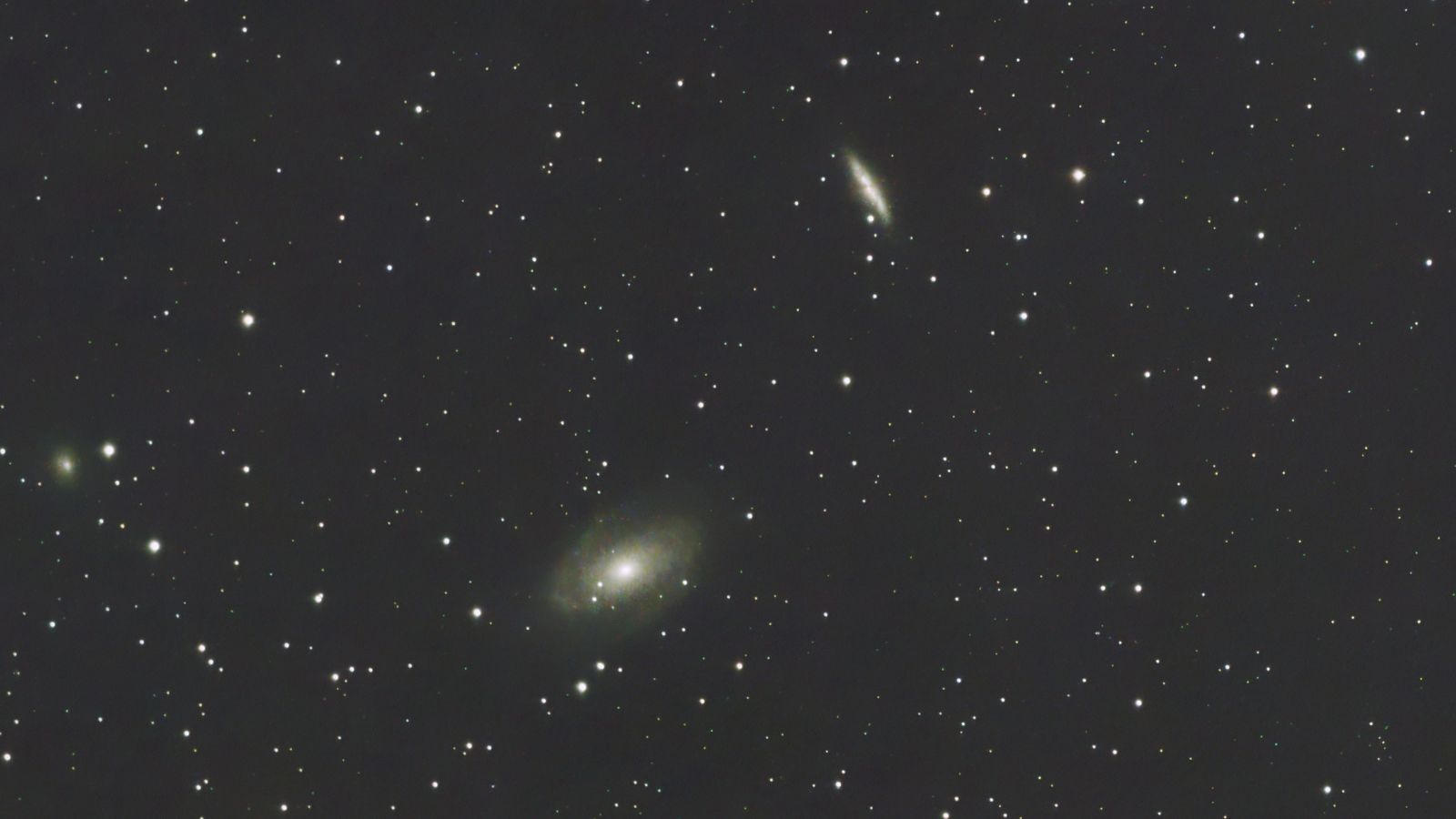
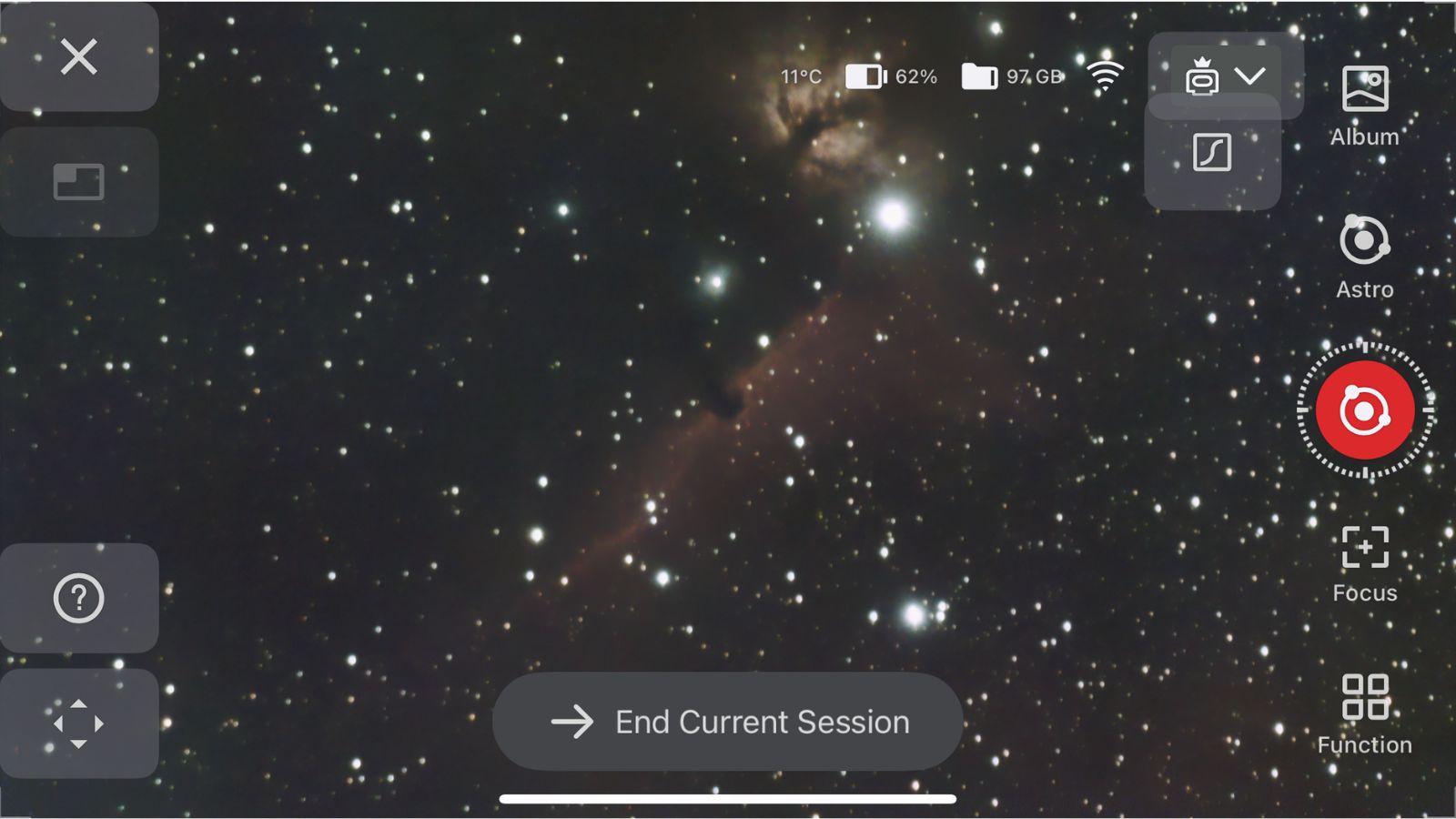

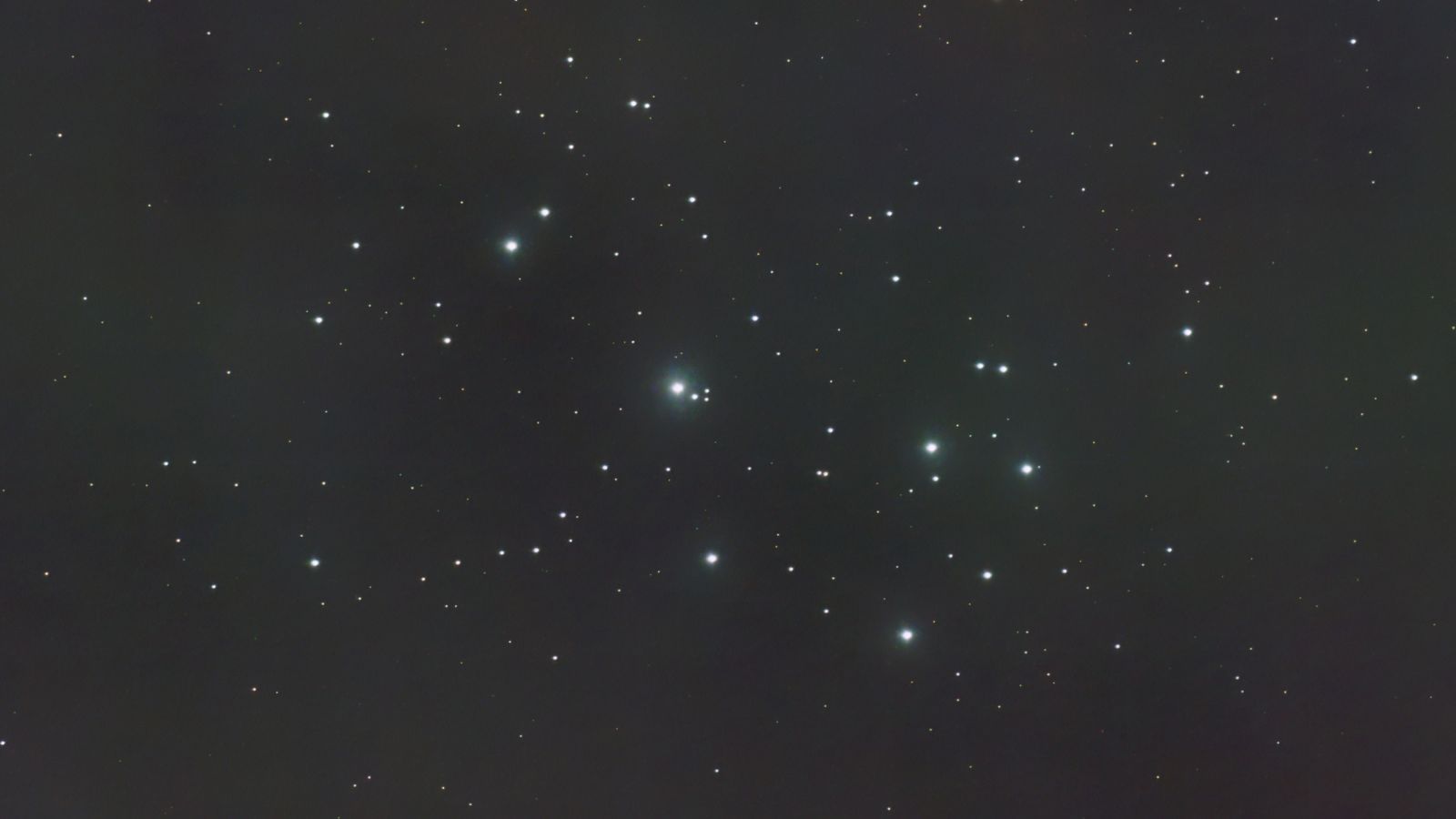
Getting started is painless. Out of the box, the Dwarf 3 is well-packaged and includes everything but a tripod. Setup takes minutes: power on, open the app, connect via Bluetooth and WiFi, and you’re ready to stargaze.
During the test phase, we did have a few issues consistently connecting to the Dwarf 3, which uses Bluetooth and creates its own WiFi network (we had to switch off WiFi to get it to link consistently).
The firmware updates came thick and fast but installed smoothly (it’s wise to check before you head outside, away from WiFi, just in case a large download is required).
Once it’s up and running, targets can be selected from the Atlas, its built-in planetarium app. The Dwarf 3 then plate-solves the stars to align itself before locking on to and tracking targets.
It takes short exposures and stacks them in real time, using AI to reduce noise and increase contrast and color. The images can then be downloaded as JPGs, PNG, FITS and TIFF files. They’re small but impressive and fine for sharing and social media.
It worked incredibly well at targets including the Orion Nebula, the M81 and M82 galaxies, the Horsehead Nebula and the Pleiades, the moon and, during the day, the sun. Images of faint objects (chiefly nebulae) look far better the longer you leave the Dwarf 3 to collect data.
Although you don’t need to do any post-processing, it can help deepen blacks, make the colors pop a little more, and clean up noise (as can shooting dark frames before imaging, which is crucial not to overlook). The ability to shoot a few stills – including via the Sun Track mode – and take some video during the day was welcome, too, and so easy to do.
Verdict
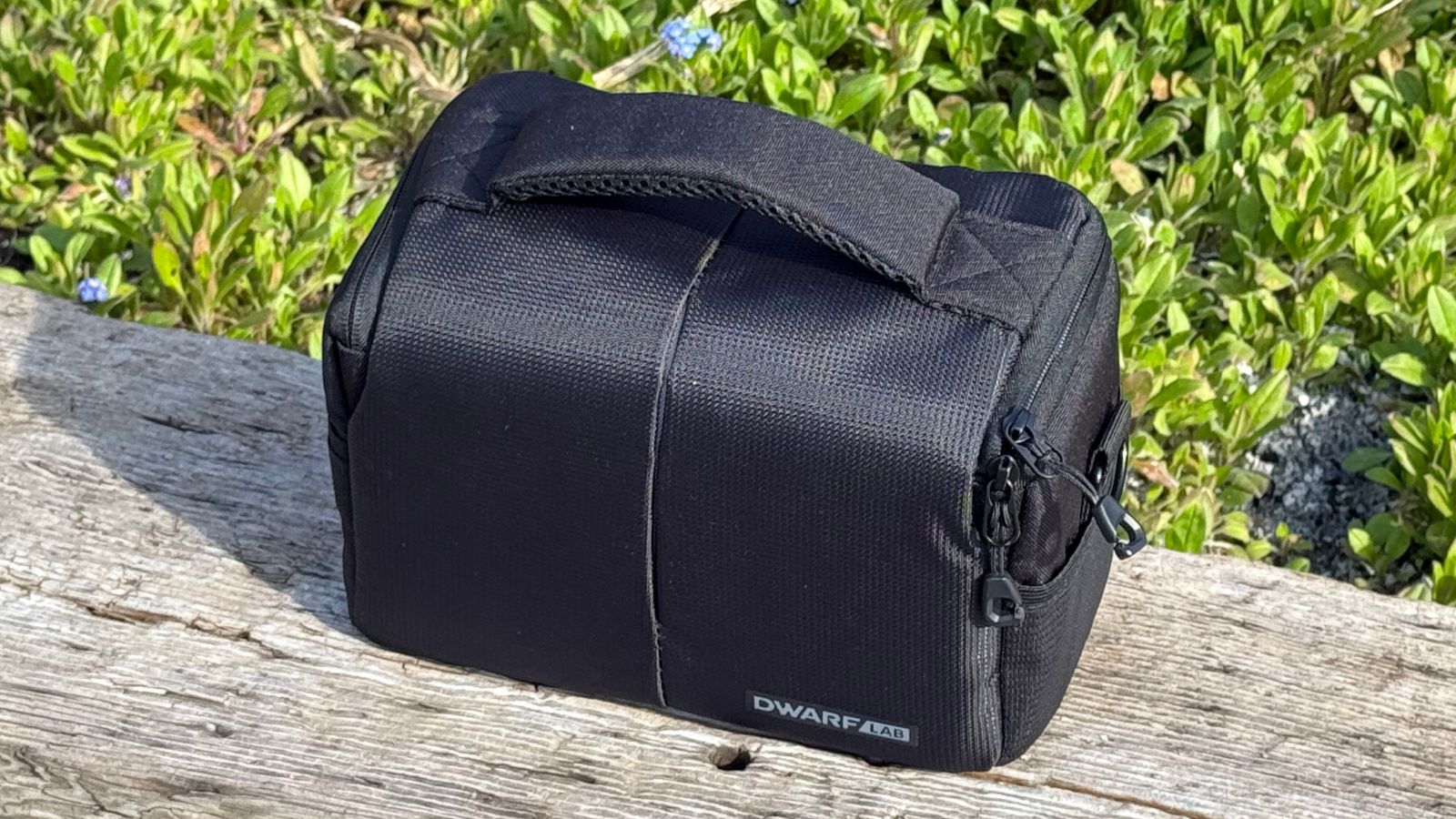
Heard the saying, “The best camera is the one you carry with you”? Well, it now applies to smart telescopes, too, with the Dwarf 3 not just incredibly portable but also capable of producing spectacular, albeit small, images. With such a small footprint and so easy to use, the Dwarf 3 makes a play for the title of the most enjoyable – and certainly the most portable – all-around smart telescope yet.
Also consider
There's one major competitor to the Dwarf 3. Launched late in 2024 by ZWO, the SeeStar S30 builds on the success of the larger ZWO SeeStar S50, which took the smart telescope world by storm. The S30 is smaller, almost as small as the Dwarf 3, but it has a different form factor, with a motorised arm supporting a refractor telescope with a slightly smaller aperture.
Another good option for travelling light is the Vaonis Vespera 2, which has a 50mm/2-inch aperture refractor and an excellent app. Like the Dwarf 3, it also has a mosaic mode for shooting large sections of the night sky, which automatically stitches together into one image.
Jamie is a freelance journalist, copywriter and author with 20 years' experience. He's written journalism for over 50 publications and websites and, when he's not writing, spending most of his time travelling – putting the latest travel tech through its paces.
You must confirm your public display name before commenting
Please logout and then login again, you will then be prompted to enter your display name.
